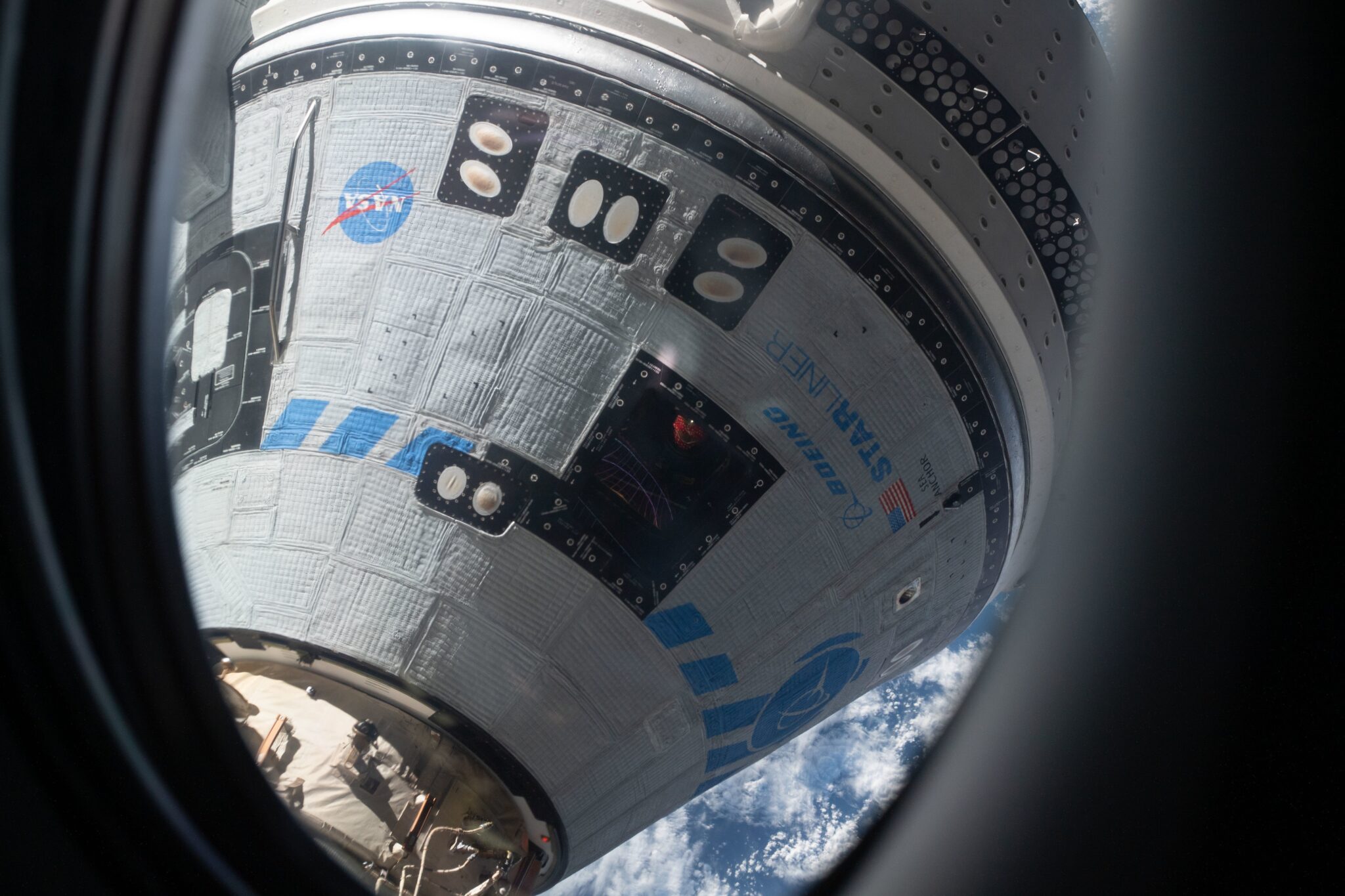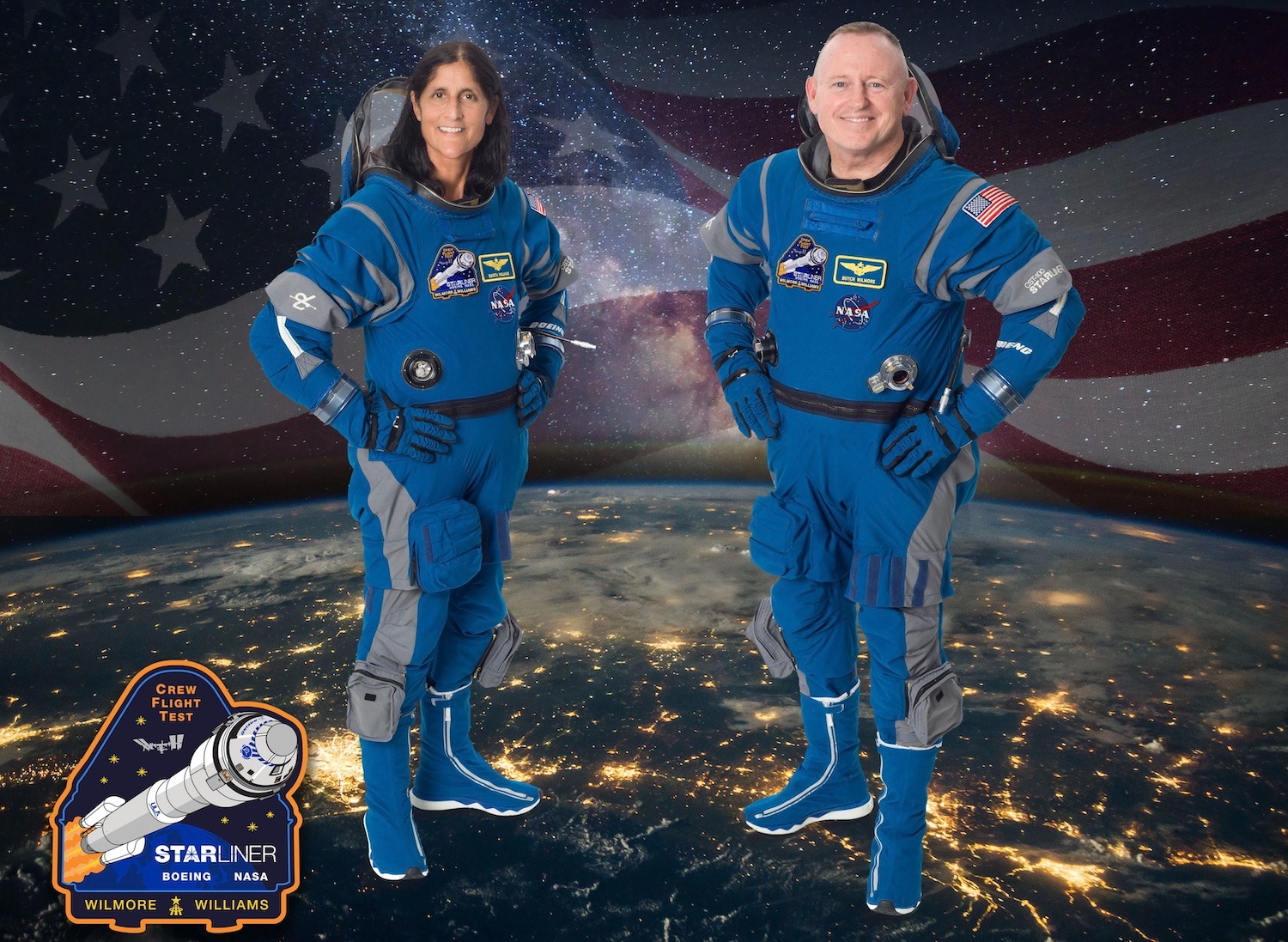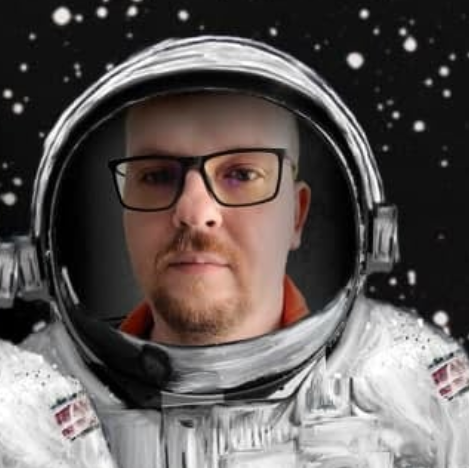NASA astronauts Butch Wilmore and Suni Williams’ planned eight-day stay on the International Space Station has turned into a rescue mission. The astronauts arrived at the orbital outpost in early June aboard a Boeing Starliner spacecraft, but technical problems with the engines forced NASA to postpone their return indefinitely.

Although an exact return date hasn’t been announced yet, the astronauts are continuing their work. NASA recently reported that Wilmore and Williams had taken up a new hobby — gardening. They are participating in the Aerospace Administration’s Plant Water Management experiment, investigating how the absence of gravity affects the absorption of water and nutrients by plants. The goal of the experiment is to find new ways to control fluid delivery in plant systems under microgravity conditions.
In addition, Williams and Wilmore are testing new equipment to produce optical fibers in space. Scientists believe that the lack of gravity helps reduce the degradation of the fibers during their manufacture.

Life on the space station was not always easy. Astronauts had to cope with cleaning toilets and packing clothes, because their supplies were only designed for eight days. Fortunately, as NASA reports, astronauts can keep in touch with their families via email, phone, and video conferencing during their free time. Earlier this month, the Northrop Grumman Cygnus spacecraft arrived at the station, delivering food, fuel and supplies, so they won’t have to starve.
NASA continues to search for the best way to return Williams and Wilmore. One possible option is to return aboard the SpaceX Crew Dragon spacecraft in February, which would extend their space vacation to eight months, giving them time to perfect their gardening skills.
We previously reported on how Starliner problems put astronauts’ lives at risk.
According to futurism.com


